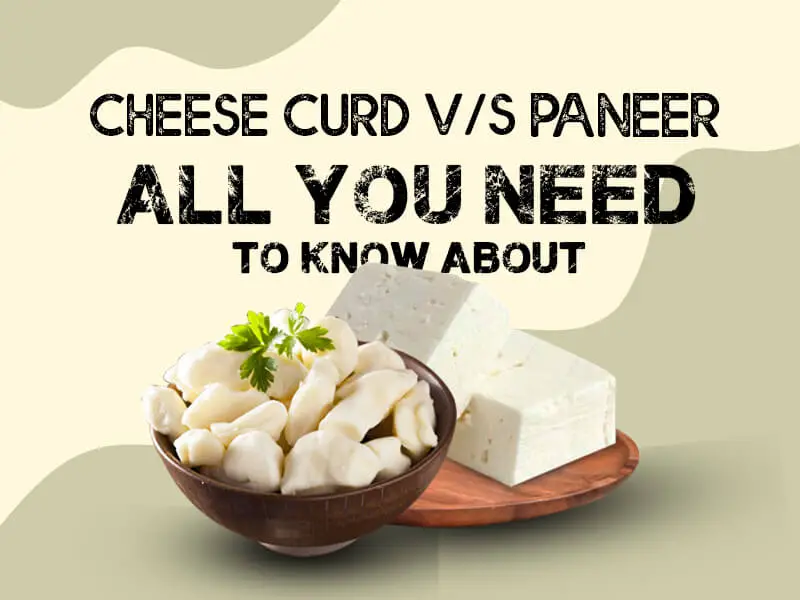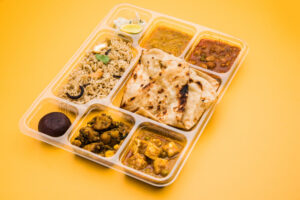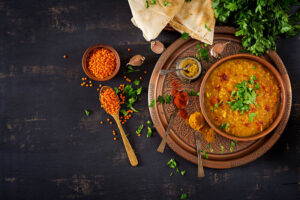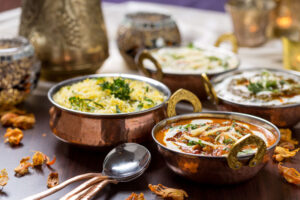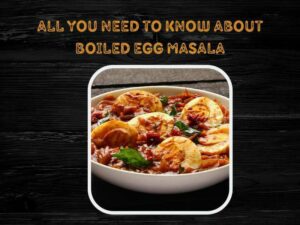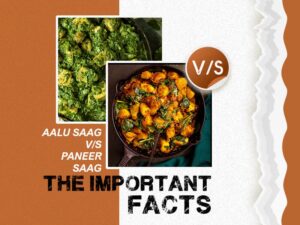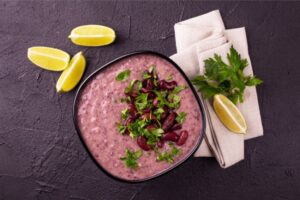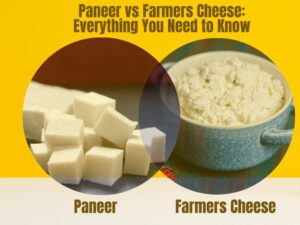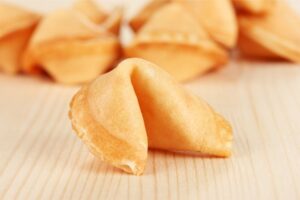Ready to dive into a comparison between cheese curd vs paneer? The mere origination of cheese curd takes us back to the late 1950s in the french colony of rural Quebec, Canada. These are moist curdled milk pieces that can be eaten alone as a snack or used in prepared dishes. ‘Poutine’ is a Quebecois dish consisting of French fries topped with cheese curds and gravy.
Paneer, on the other hand, is a fresh cheese curd made on the Indian subcontinent by boiling milk and then adding an acid (vinegar, lemon juice) to curdle it. Throughout the country, it is a popular ingredient in snacks, appetizers, main courses, and rice biryani. It is a meat substitute that is widely consumed in India.
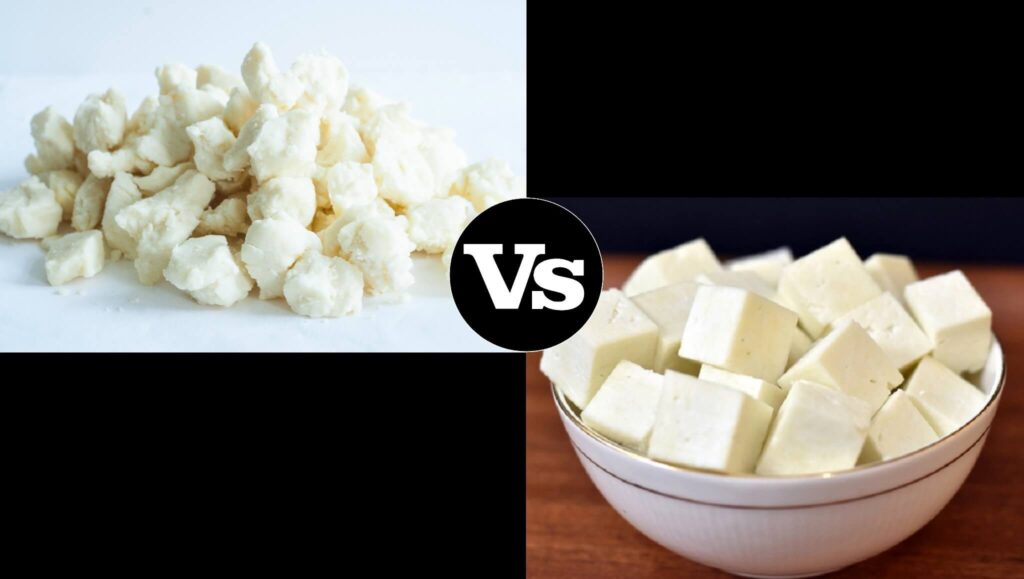
Is cheese curd the same as paneer?
Cheese curd vs paneer: to be honest, they are the byproducts of the same process and, to a certain degree, identical in taste and texture as well. However, they are different in terms of ethnicity, traditions, shapes, and how they are consumed in different parts of the world.
Cheese curds are curdled milk bits that form during the cheesemaking process. They are natural-shaped pieces of cheese that have not been processed into blocks and aged. Pasteurized milk and rennet are the compounds that cause milk solids to separate from liquid whey during the cheesemaking process. They are used to make cheese curds. Cheddar cheese is commonly used to make cheese curds, but other cheeses such as Colby and Monterey Jack can also be used.
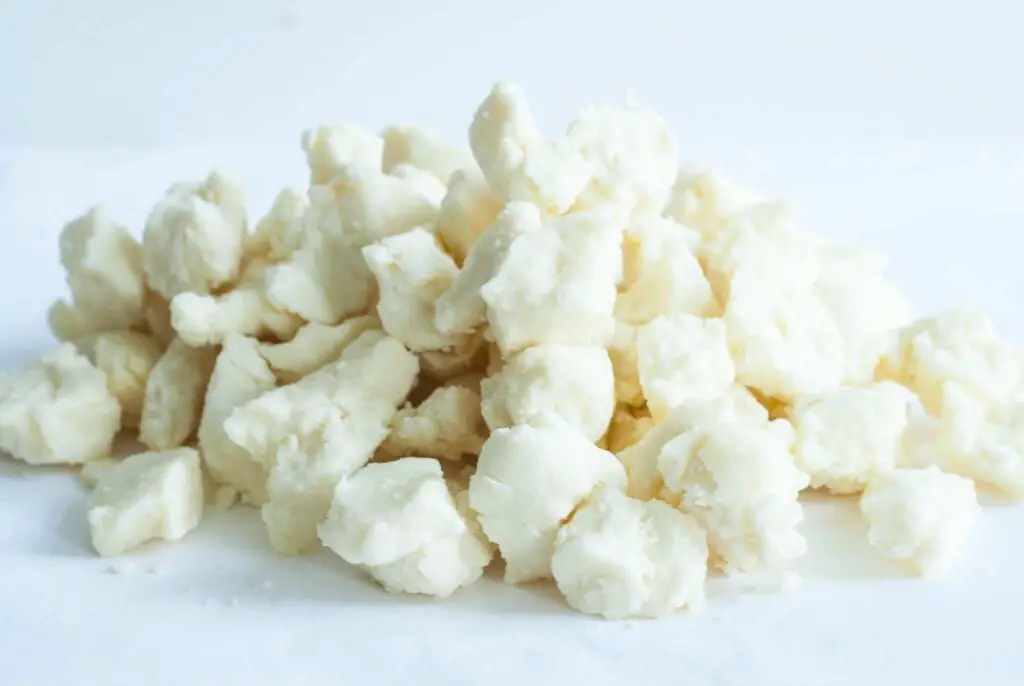
Specifically for pregnant women: is paneer cheese pasteurized? That’s a major question a lot of people ask often, and indeed paneer made from pasteurized milk is the right way to consume it during pregnancy.
What is the difference between curd and paneer?
Curd vs paneer: Taste
Naturally, cheese curd has a mild, fresh milk and salty flavor. Paneer is pretty bland, to be honest, but can be tweaked to a lot of tastes and eating styles as per individual preferences.
Curds should be consumed within a few hours of being made. This is why fresh curds are most prevalent in dairy-producing areas. To keep cheese curds fresh, store them at room temperature.
Cheese curd vs paneer: Smell
Cheese curd smells like sour milk, whereas fresh paneer smells like butter.
Cheese curd vs paneer: Calories
Every 100 gm of cheese curd would consist of 98 calories, whereas every 100gm of paneer would consist of 296 kilocalories, 22g of fat, and 14g of saturated fat.
Curd vs paneer: Nutrition
One serving of cheese curd would have 0 g carbs, 0 g trans fat, 9 g total fat, and 30 mg of cholesterol, whereas every 100gm of paneer will have roughly 19.1g of protein, 210 mg of Vitamin C, and 420 mg of calcium.
Another mind-blowing comparison available on our blog is paneer vs feta cheese.
Cheese curd vs paneer: Ingredients
While curdling milk rennet enzyme is used to make cheese curd (and is one of the major ingredients), paneer is made from curdled milk and a fruit or vegetable acid, such as lemon juice.
Cheese curd vs paneer: Culture
Wisconsin, a state near Chicago, is where the cheese curds are famous and are part of their cultural delicacies, whereas paneer is predominantly renowned in India.
Cheese curds can be served as a snack or as an ingredient in a recipe:
- Beer battered and deep-fried cheddar cheese curds are popular among Wisconsin residents. Deep-fried cheese curds can be flavored with garlic, sour cream, or jalapeno peppers.
- Poutine, which originated in Quebec, is made with cheese curds in Canada. It’s a dish made up of french fries and cheese curds that are topped with brown gravy.
- Fresh curds can also be mixed into a salad for a lighter meal. Cheese curds can be used in place of mozzarella in a caprese salad or in an apple and walnut salad.
Curd is a very important part or item of our diet. Curd is beneficial for both the health and skin texture. Curd bring the glow to the face and improve health. We must add curd to the diet as it prevents many diseases and cures stomach related problems. #FridayFitness pic.twitter.com/tiC8uDhN73
— M@πp®€€t !π$@π (@Manpree73255461) April 9, 2021
Paneer has been a major part of some of the exquisite vegetarian Indian dishes since its inception.
Curd and paneer: Texture
Cheese curd has a moist, rubbery, springy, and bland texture. However, it can be molded as per individual preferences and types of cheese curd.
Cheese curds can be white, yellow, or orange in color, depending on the type of cheese used and the diet of the cow. Wisconsin cheddar cheese gets its distinctive orange color from the natural additive annatto seed. Wisconsin cheese curds are typically orange, whereas New York or Vermont cheese curds are typically white.
Fresh cheese curds make a squeaking noise when consumed, earning their nickname “squeaky cheese.” Elasticized protein strands in cheese curds rub against tooth enamel. The squeak of cheese curds determines freshness in addition to being a fun sound effect.
On the other hand, paneer naturally has a marble-white look with a spongy body, a close-knit texture, and a swedish-acidic-nutty flavor.
How to marinate paneer with curd?
The Most popular barbeque dish made from paneer in India is “Paneer Tikka”. In order to make it, we’ll need to follow these steps:
- In a large mixing bowl, beat the hung curd until smooth. In it, combine the ginger-garlic paste, red chili powder, garam masala, kasuri methi, coriander powder, 1 teaspoon chaat masala, and salt. Prepare a marinade by thoroughly mixing all of the ingredients.
- Mix in the paneer, both types of capsicum, and the onion gently to coat all of the ingredients with the marinade. Allow marinating for 1 hour. Cover and place in the refrigerator to marinate overnight if possible. You don’t need to freeze paneer, but it has to be over 44°F and below 50°F for best results.
- Arrange red capsicum, green capsicum, onion, paneer, and green capsicum on a small wooden toothpick/ skewer in the order listed.
- Heat a nonstick griddle or tawa with 112 tablespoons of oil. Shallow fry skewered paneer and vegetables over medium heat when the tawa is hot enough.
- Turn the toothpick/skewer on each side until all sides are light brown. This should take about 3-4 minutes. Crispy paneer tikka is done.
- Remove the toothpick/ skewer by holding the bottom most vegetable in place and sliding the skewer backward. Serve with 1 teaspoon chaat masala and a few drops of lemon juice, garnished with thinly sliced onion.
